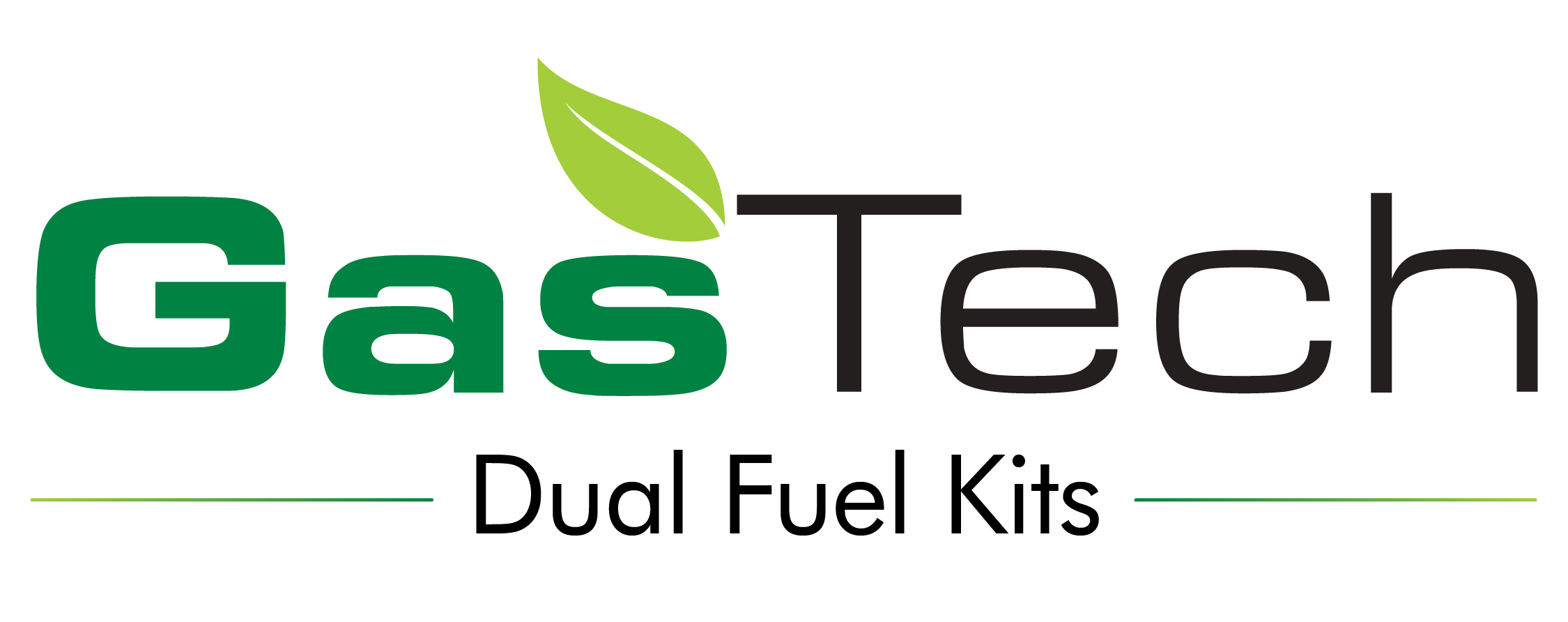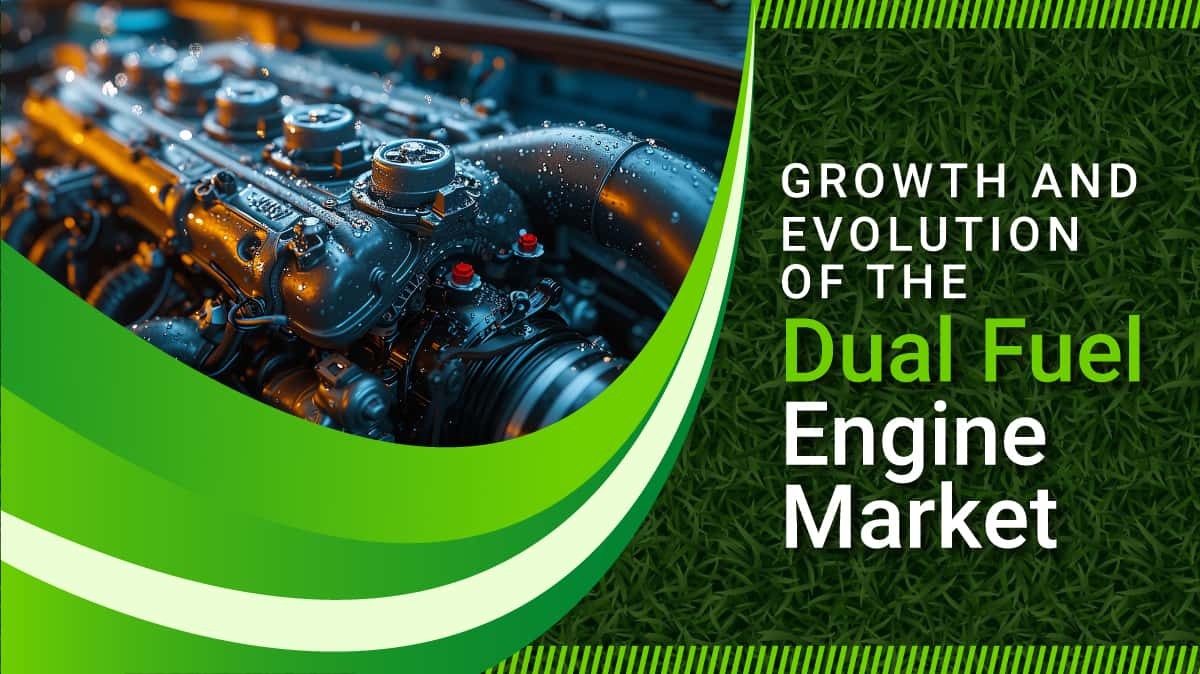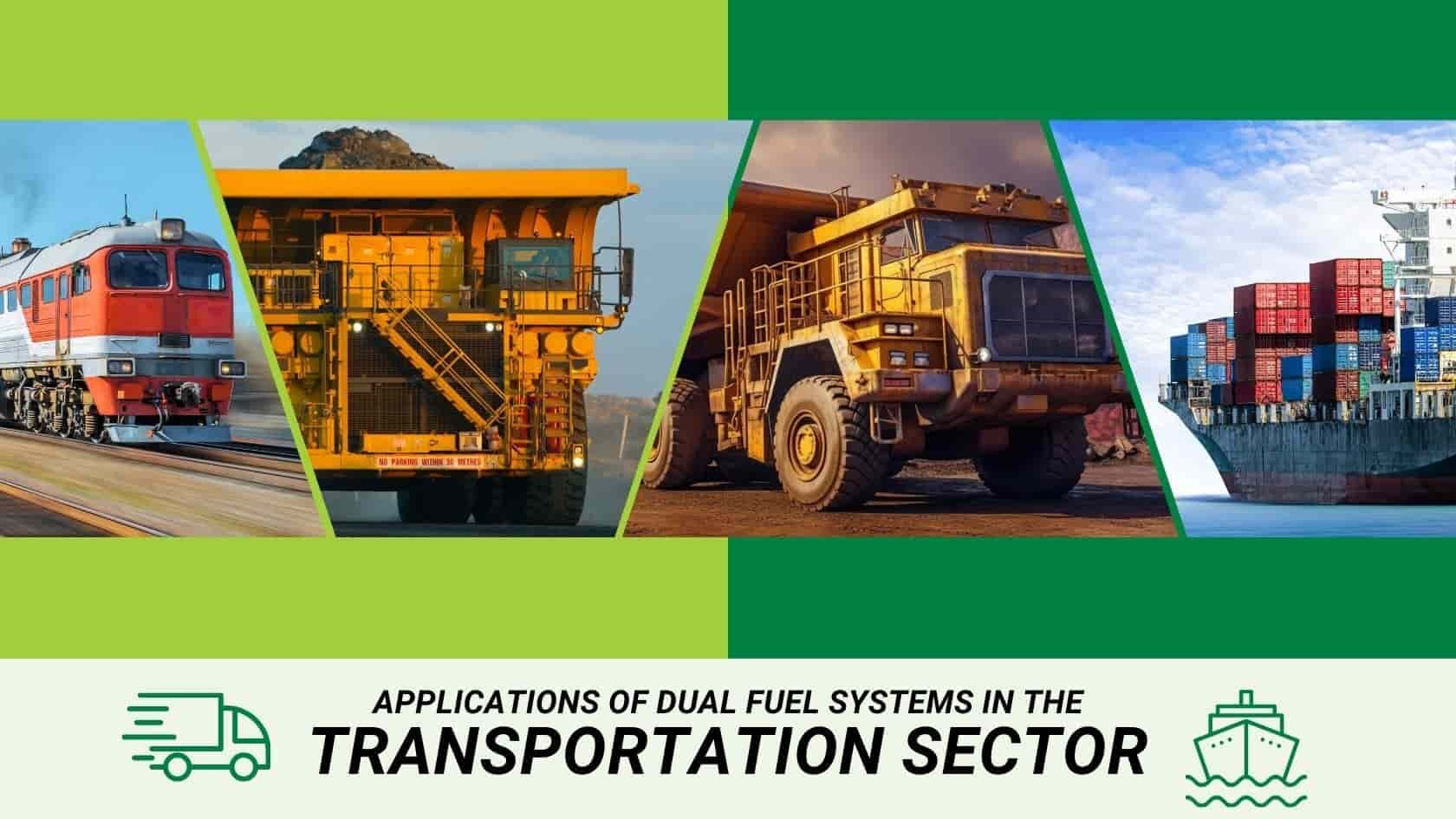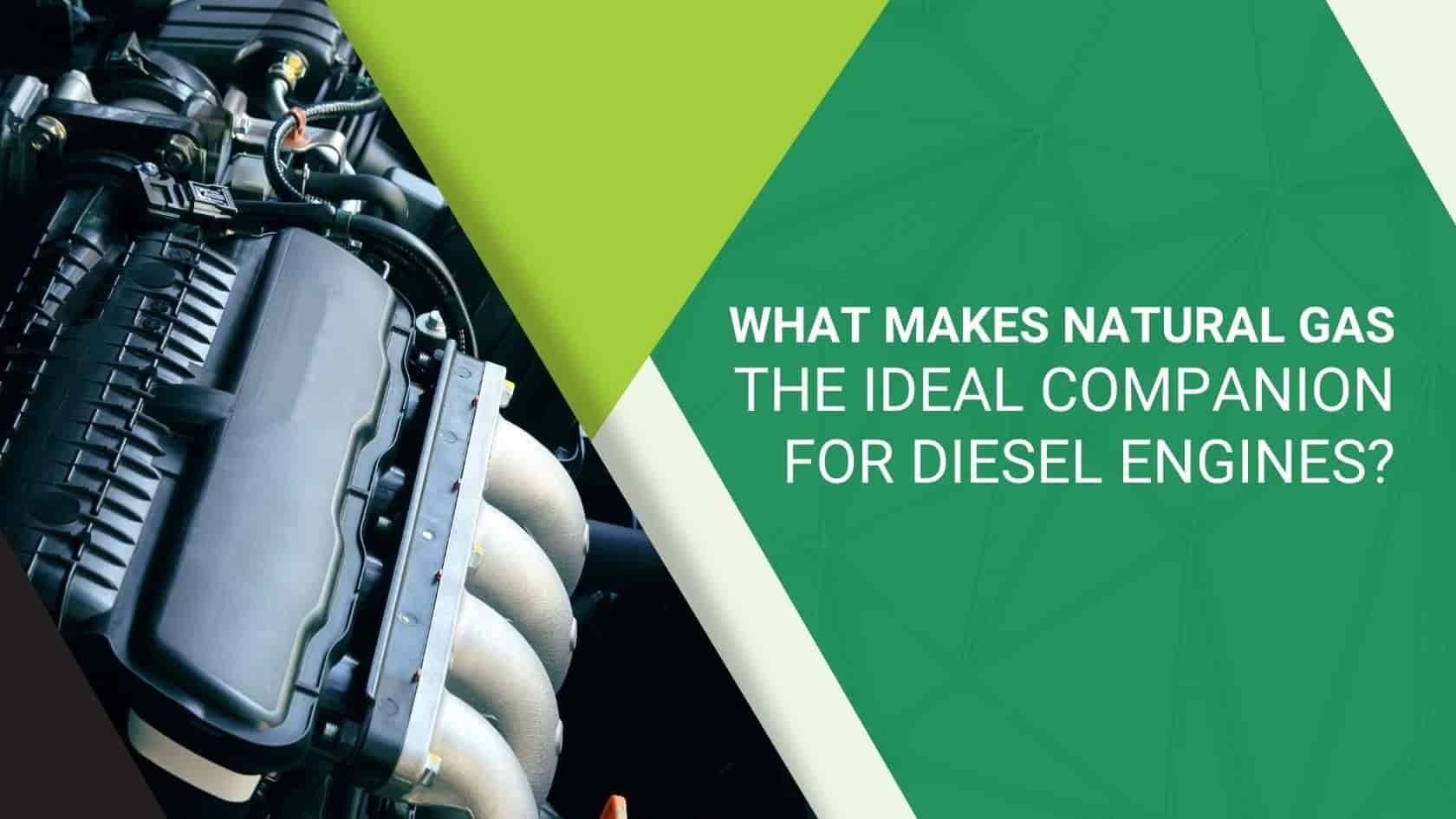The dual fuel engine market stands at a pivotal moment today, poised for remarkable growth and transformative innovation. As businesses navigate through evolving regulatory frameworks and embrace cutting-edge technologies, the need for foresight, adaptability, and innovation has never been more crucial.
But where did it all begin? In this blog, we will journey through the evolution of the dual fuel engine market, exploring its past, present, and future on a global scale. From its humble beginnings to its current prominence, we will explore the intricacies of this dynamic market, shedding light on key drivers, challenges, and opportunities that shape its trajectory.
A Short History of Dual Fuel Technology and Engines
Before we understand the future of the dual fuel engine market, let’s explore the origins of its technology as well as the numerous evolutions that brought the industry to where it is today.
The Original Concept
In a patent application filed in 1898, Rudolf Diesel proposed a method that would later serve as the cornerstone of dual fuel technology. This visionary concept involved compressing a given mixture to a precise degree and injecting a secondary combustible to induce ignition – a principle that resonates in today’s dual fuel combustion strategies.
Commercialization and World War Era
Despite its conceptualization several decades ago, the commercial viability of dual fuel engines remained dormant until 1939 when the National Gas and Oil Engine Co. in Great Britain unveiled the first commercial iteration. Fueled by town gas and other gaseous fuels, these engines marked a significant leap forward in stationary power production. However, it wasn’t until the scarcity of liquid fuels during World War II that dual fuel engines garnered widespread interest. Scientists across nations explored conversions of diesel engines, employing various gaseous fuels such as coal gas and methane.
Post-War Advancements and Economic Imperatives
Following the war, economic and environmental considerations catalyzed further advancements in dual fuel technology. By 1949, Crooks, an engineer at The Cooper-Bessemer Corporation, presented experimental work that showcased the engine’s efficiency, boasting a thermal efficiency of 40% at full load. The promise of leveraging economical gaseous fuel resources while maintaining high thermal efficiencies further spurred the conversion of conventional compression ignition engines to dual fuel operation.
Birth of Gas Engines and Market Expansion
Gas engines, tracing their roots to the post-Watt era, witnessed a resurgence post-World War II with the abundant availability of petroleum oil. The need to harness natural gas as a byproduct of oil extraction fueled the inception of dual fuel engines. These engines utilized a blend of natural gas and liquid fuel, propelling their adoption across various industries.
Environmental Consciousness and Redundancy
As environmental concerns took center stage, the demand for engines that minimized environmental impact grew. Dual fuel engines emerged as a viable solution, offering the flexibility to operate primarily on natural gas while ensuring backup liquid fuel provisions. Ship classifications and technical guidelines also underscored the importance of safety and redundancy, driving the development of switchable dual fuel engines.
The Modern Era of Dual Fuel Innovation
The late 1990s witnessed the debut of four-stroke switchable dual fuel engines, setting the stage for a new era of efficiency and sustainability. Practical two-stroke dual fuel engines followed suit in 2010, further expanding the repertoire of environmentally conscious propulsion systems.
Moving to the Future of Dual Fuel Technology: Market Analysis and Forecast
Let’s examine the various facets of the dual fuel engine market and their potential.
Major Market Drivers
Stringent environmental regulations, aimed at curbing emissions and promoting sustainable practices, are driving industries to adopt cleaner and more efficient technologies. Additionally, the imperative for fuel flexibility and cost-effectiveness is compelling organizations to explore dual fuel engine solutions. Heightened energy security concerns and the rapid expansion of liquefied natural gas (LNG) infrastructure further bolster market growth, creating a conducive environment for innovation and advancement.
Technological Advancements
From advanced fuel injection systems to sophisticated control mechanisms, technological breakthroughs are enhancing engine performance, fuel efficiency, and overall reliability. Furthermore, the expansion of compatible fuel options, including renewable energy sources, is opening new avenues for market growth and diversification.
Key Market Trends
The ongoing shift towards eco-friendly and cost-effective energy solutions is driving innovation and market expansion. What’s more, the integration of advanced technologies such as artificial intelligence (AI) and the Internet of Things (IoT) is enhancing engine optimization and performance, paving the way for a more sustainable and efficient future.
Geographical Trends
While Asia Pacific remains a dominant force in the dual fuel engine market, fueled by rapid industrialization and maritime activities, other regions are also witnessing significant growth opportunities. North America, Europe, and emerging markets in Latin America and the Middle East are experiencing heightened demand for dual fuel engine solutions, driven by environmental concerns and technological advancements.
Competitive Landscape
Challenges and Opportunities
The high initial cost of dual fuel engines and the need for robust fuel infrastructure development pose hurdles for market expansion. However, these challenges are accompanied by promising opportunities, driven by the growing demand for sustainable energy solutions and rapid advancements in alternative fuels. By addressing these challenges and capitalizing on emerging opportunities, businesses can unlock new avenues for growth and innovation in the dual fuel engine market.
Final Thoughts
With GasTech, you can unlock the potential of dual fuel technology, revolutionizing diesel engine operation with seamless integration of diesel and methane-rich natural gas. Our tailored solutions offer efficiency, versatility, and environmental consciousness, ensuring sustained power levels, reduced emissions, and minimal maintenance. Experience the benefits of enhanced engine monitoring and rapid returns on investment with GasTech’s dual fuel kit.
Table of Contents
- You May Also Like
The Diverse Applications of Dual Fuel Systems in the Transportation Sector
In an era of sustainable development, the transportation sector today...
Read MoreWhat Makes Natural Gas The Ideal Companion For Diesel Engines?
According to the India Energy Outlook 2021 report by the...
Read More



